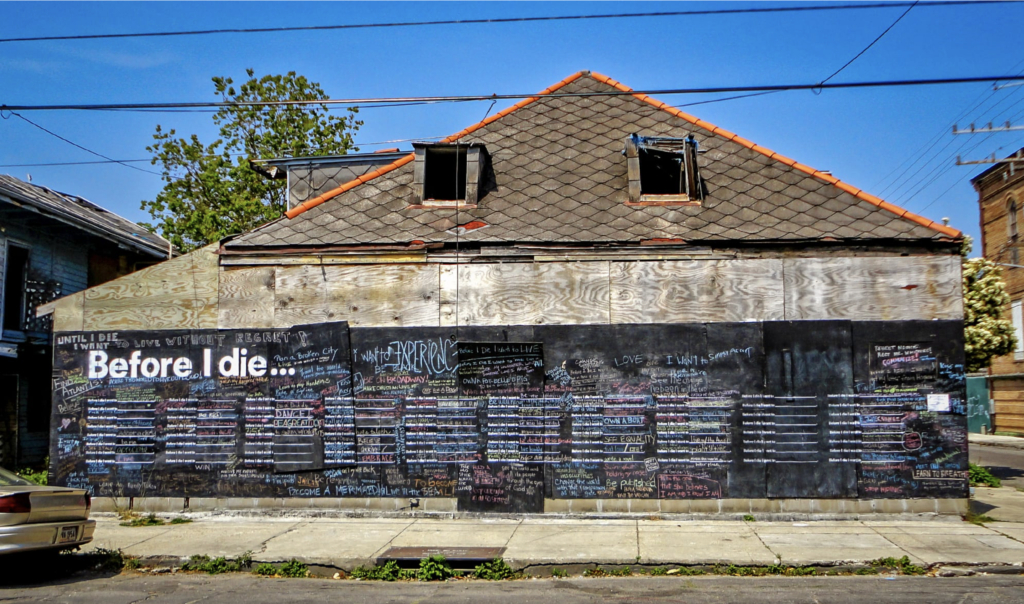This week, I began to re-examine the audience segmentation of my curatorial project.
My mentor reminded me that audience segmentation must be specific and precise, with particular attention to the intersection of gender and culture. Building meaningful connections between different audience groups has, therefore, become a central concern in my curatorial planning.
The primary audience consists of women of East Asian background—whether local residents or expatriates—as they are directly affected by the theme of time poverty.
The secondary audience includes the general public and male viewers, to foster broader dialogue around gendered structures of time and labour.
Additionally, there is a virtual, global audience—those who are engaged in gender issues but unable to attend in person—for whom the exhibition’s online components will serve as an alternative site of access and engagement.
Public Participation Strategy
In response to a diverse audience, I propose the following strategies to meet their varying needs:
-
Provide bilingual exhibition labels and contextual information (in Chinese and English) to help audiences unfamiliar with East Asian cultural contexts better understand the background.
-
Introduce “reflection points” for male viewers to foster an understanding of gender inequality and avoid defensive or oppositional responses.
-
Incorporate the “Anonymous Time Bill Wall” and “Online Story Collection”, enabling visitors to contribute personal time narratives and shift from passive viewers to active co-creators.
Inspired by Candy Chang’s Before I Die—which transformed public writing into urban dialogue—I hope this exhibition can function as a social activation mechanism.

Before I Die, Candy Chang, New Orleans, Louisiana and worldwide, 2011 – Present
At the same time, I remain mindful of Claire Bishop’s critique in Artificial Hells, which warns that true participation must provoke deep reflection, not just surface-level interaction.
Thus, participatory mechanisms such as situational prompts and anonymous voice contributions are designed to encourage the audience to reflect on the question: “Who controls my time?”
In addition to current public participation, I am also concerned about how these contents will be preserved in the future, which is exactly the issue of archives and history.”
Reference:
Before I Die, Candy Chang: https://www.candychang.com/beforeidie/


Leave a Reply